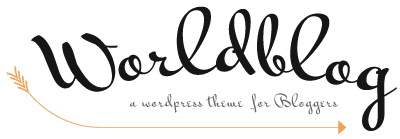It’s safe to assume you know how to brush your teeth. Isn’t brushing your teeth something we’re taught as children? The truth is that many people have misconceptions about the appropriate way to wash their teeth. It’s possible that some people were taught something incorrectly as children. Regardless of the circumstances, brushing your teeth properly is essential. A few things to keep in mind before you get started.
Brush your teeth using the right brush.
Soft-bristled toothbrushes are the most common and safest option. Brushing too forcefully with a medium- or hard-bristled brush can cause damage to the gums, the root surface, and the enamel that protects your teeth.
Brushes that have seen better days should be replaced.
After just several months of use, most toothbrushes must be thrown out. It’s time for a new toothbrush if the strands are ragged and no longer hold straight.
Brush your teeth twice a day, preferably in the morning and night.
Brushing once every day is a massive improvement over not brushing in any way, but twice every day is essential. Plaque can form in as little as eight hours from food, so brushing your teeth only once a day is a surefire way to accumulate a lot of plaque.
Make sure you’re brushing your teeth with the correct toothpaste.
Fluoride-containing toothpaste is the only option for brushing your teeth. Plaque is removed, and tooth enamel is strengthened by fluoride simultaneously.
Do it the right way
A small amount of toothpaste should be applied. Your teeth should be cleaned by brushing them in little circular motions. Using a 45° angle, clean the wall of your teeth while maintaining a steady hand.
Gentleness is required.
In reality, aggressive brushing can cause both dentine and gum tissue to be eroded. It’s a good indicator that you’re brushing too vigorously if your toothbrushes wear out rapidly.
Brush for at least two minutes.
Because brushing your teeth might be tedious, many people rush through the process. You should spend a minimum of ten seconds on each section of your mouth as you work your way around it.
Make sure you clean the back of your tongue.
Yes, brushing your teeth isn’t the only purpose of a toothbrush. Tongue bacteria are difficult to eliminate. Brush your whole tongue as far as your mouth will allow with a fresh tube of toothpaste.
Rinse your brush
Following a brushing session, your toothbrush will be riddled with microorganisms. If you don’t wash your brush after each use, you’re inviting bacteria back into your mouth every time you brush. Put your toothbrush somewhere to dry after you’ve washed it under the faucet for a few seconds.
Floss
Flossing is the most frequently overlooked part of brushing. Brushing your teeth is a great way to keep your mouth clean, but it isn’t enough on its own. To eliminate food debris that gets lodged between teeth, flossing is often the only option.
Conclusion
You must brush your teeth to maintain good oral hygiene. Problems with one’s teeth can be both painful and expensive. Without brushing your teeth, you can’t get rid of plaque, leading to tooth decay and gum disease if left untreated. Q

